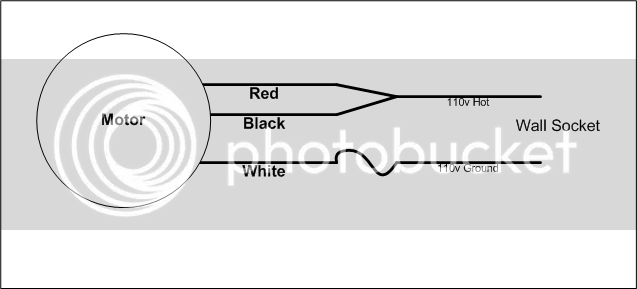BaronJ
Grumpy Old Git.
I have a 3/4hp 110v motor that only runs at 1750rpm. I use a larger pulley on the motor to double the speed right? It shouldn't hurt performance right?
Sent from my C6606 using Model Engines mobile app
This depends upon what you perceive as performance.
In practice you can't get more power out than you put in. Yes you can double the speed by making the motor pulley larger but the torque will be less.
As an example 1 horse power is 746 watts so your 3/4HP motor will draw 560 watts. This is also the maximum output power less any losses. These losses are seen as heat. Its the reason the motor warms up. As you increase the load on the motor the losses increase and the motor warms up even more.
So when you have doubled the speed if you don,t try to take more energy out than you put in all will be OK.
































































